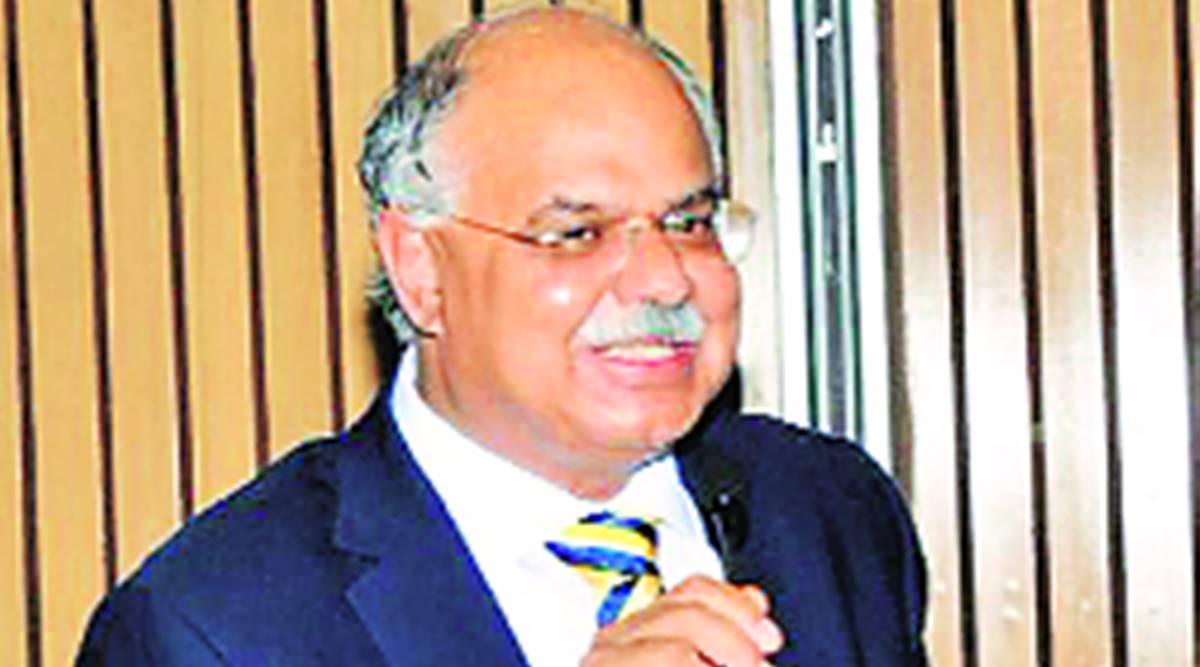 Ranjit Malhotra
Ranjit Malhotra(Written by Ranjit Malhotra)
In one of his speeches, eminent jurist and lawyer, Nani A Palkhivala, pointed out the Achilles heel of the Indian economy and slow rate of growth. “We have too much government and too less governance…” Palkhivala’s comment holds true for Corbusier’s boutique city that is the seat of three governments.
An article titled “Court to the rescue,” published in this paper, highlighted how the High Court had looked into the following issues: making of the international airport, safeguarding the Sukhna lake, tackling vendor woes in Sector 17, halting of the Chandigarh administration’s plan to construct a flyover near the Tribune Chowk, government houses, health infrastructure and pavers/parking policy. “Nothing moves unless some officer is put in the dock, says High Court,” was another headline on December 21, 2019. Regretfully, the trajectory of the list has been steadfastly going northwards only. Clearly, there is lack of dialogue and constructive meaningful engagement between the administration and the public. Most recently, the High Court had to interfere even in the awarding of liquor contracts for the present financial year. W Edwards Deming wrote: “In God we trust. All others must bring data.” Here is ample evidence.
We have reached a very chaotic situation of governance in Chandigarh. The elephant in the room is the mindless spending on useless infrastructure without public consultation and scrutiny. Clearly, the over bridge in Sector 17 and the Rose Garden under-pass are colossal misadventures with little utility. The administration could have utilised this public money for building accommodation for young PGI doctors, who come here from all over the country and selflessly sacrifice the best years of their youth working 18 hours a day. What do we give them in return? Not even basic standards of living in Kairon Block. Purely, on account of resource crunch.
The heritage mantra, so conveniently trotted out by the administration, was cast aside for the ill-conceived Tribune flyover. It’s an example of a typically opaque decision making process guided by the size of commercial projects only. Bureaucracy are like guest faculty that have no stake in the city but swear by its heritage status, as if they had co-partnered and toiled with Corbusier in building the city.
It is very painful and frustrating for the city residents to have no effective redressal mechanism for their complaints. There is a deep fundamental disconnect between the administration and the residents of Chandigarh. The degenerative affliction is so deeply permeated, that even listening to the complaints of the residents is alien to the thinking of the administration, unless the matter is flagged in the media. The most recent incident is the inhuman conditions at the Sood Dharamshala, a Covid care centre in Sector 22.
Often, legitimate grievances receive a hostile response. What do aggrieved citizens feel like in such a situation? Like unfortunate victims of schandenfreude, a popular German phrase for seeking pleasure in the misfortune of others.
Time and again, it is only the meaningful intervention of the High Court that ensures governance in the City Beautiful. Ultimately, it is the sword of contempt jurisdiction which is a potent deterrent and the catalyst, which only nudges the administration to the drawing board. This only adds to the case load of the High Court.
Sometimes in life in order to make progress we have to change the page on which we write. The top brass of the administration needs to introspect deeply and immediately. What can we think of? Harry Potter’s magic wand. Not workable in real life. Neither will twitter handles do any good. Unfortunately, Corbusier drowned in the Mediterranean Sea in 1965. Had he been buried, he would have been turning in his grave at the present state of affairs.
(The author is a lawyer and a Felix Scholar who has been living in Chandigarh for the last 50 years.)